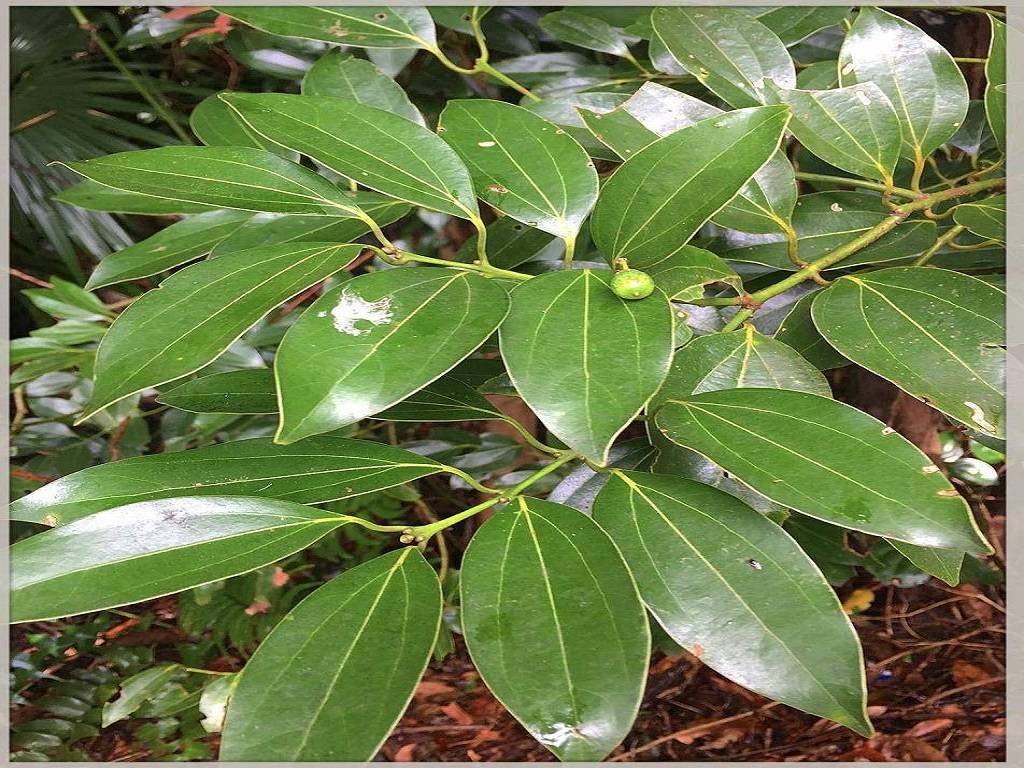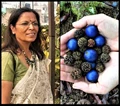
Cinnamon is a spice obtained from the inner bark of several tree species from the genus Cinnamomum. In a wide range of cuisines, including sweet and savory meals like cereals, snack foods, teas, and traditional foods cinnamon is mostly employed as an aromatic condiment and flavoring addition. The aroma and flavor of cinnamon derive from its essential oil and main component, cinnamaldehyde, as well as several other ingredients, such as eugenol.
Varieties
Two high-producing, premium cinnamon varieties released by IISR may be grown in different parts of India. When one seedling or cutting is planted on a hill, the varieties Navashree and Nithyashree have an initial output potential of 56 and 54 kg dry quills/hectare per year respectively. Navashree produces 2.8 percent leaf oil, 6.2 percent leaf eugenol, 0.7 percent bark oleoresin, 2.7 percent bark oil, and 73 percent cinnamaldehyde in bark and varieties Nithyashree also produces 58 percent cinnamaldehyde in the bark, 10 percent bark oleoresin, 3 percent leaf oil, and 78 percent leaf eugenol. Some other varieties of Cinnamon include Sugandhin YCD 1, PPI – 1, Konkan Tej, etc
Soil and climate requirements
A hardy plant, cinnamon can withstand a variety of soil types and weather conditions. The tree is growing in laterite and sandy regions with the poor nutrient status along India's west coast. It comes up well from sea level to an elevation of about 1,000 m, it rises well. Since it is primarily grown as a rainfed crop, optimal yearly precipitation is between 200 and 250 cm.
Propagation Technique
Cutting
Cuttings of semi-hardwood that are approximately 10 cm long with two leaves are taken and dipped in IBA 2000 ppm or a rooting hormone (Keradix-B), and then planted in sand beds that have been raised in a shady area or in polythene bags filled with sand or a mixture of sand and coir dust (1:1).
Seedlings
Cinnamon can also be propagated through seeds. These plants bloom in January on the West Coast, and the fruits mature from June to August. Either harvested directly from the tree or gathered from the ground are the fully matured fruits. Since the seeds have limited viability, they are quickly separated from the fruits, cleaned of pulp, and sowed. The seeds are planted in polythene bags or sand beds that have been mixed with well-rotted animal dung, soil, and other ingredients (3:3:1). Within 15 to 20 days, the seeds begin to sprout.
Preparation of land and planting
Pits of 50 cm x 50 cm x 50 cm size pits are dugs at a spacing of 3 m x 3 m in the area designated for growing cinnamon. Before planting, they are filled with topsoil and compost. To benefit from the monsoon for seedling establishment, cinnamon is planted between June and July. Seedlings that are 10 to 12 months old, cuttings with strong roots, or air layers are utilized for transplantation. Each pit may hold 3–4 seedlings, rooted cuttings, or air layers. In some instances, the seeds are simply dipped into the compost and soil-filled trenches. For healthy, quick growth of plants, providing moderate shade in the early years is beneficial.
Fertilizer Requirement
It is advised to weeding twice a year, in June-July and October-November, and to dig the soil around the bushes once, in August-September. In the first year, it is advised to apply 20 g N, 18 g P2O5, and 25 g K2O per seedling. For plants older than 10 years, the fertilizer dosage is progressively raised to 200 g N, 180 g P2O5, and 200 g K2O. In May-June and September-October, the fertilizers need to be applied in two equally divided applications. It is also advised to apply FYM (25 kg) between May and June, as well as 25 kg of green leaf mulch throughout the summer.
Harvesting and yield
The harvesting starts from the 4th or 5th year after planting. Once in May and again in November, the shoots are cut in order to remove the bark.
Cutting of shoots for bark peeling begins as soon as the rain stops. Young shoots appear from the stump after cutting, and they will be ready for removal in the next season in around 18 months. The bark is removed from the chosen shoots, which are typically one meter long and one to two centimetres thick.
Yield for 3- to 4-year-old plants include 62 to 125kg quills/ha and 10 to 11-year plants have an average yield of 225 to 300 kg quills/ha
















